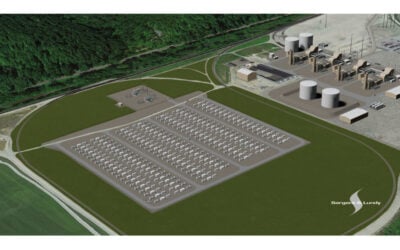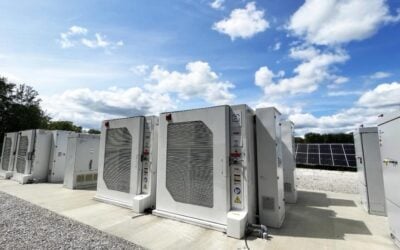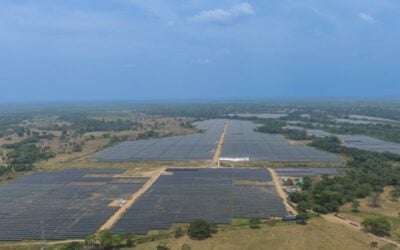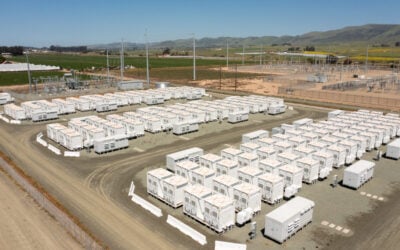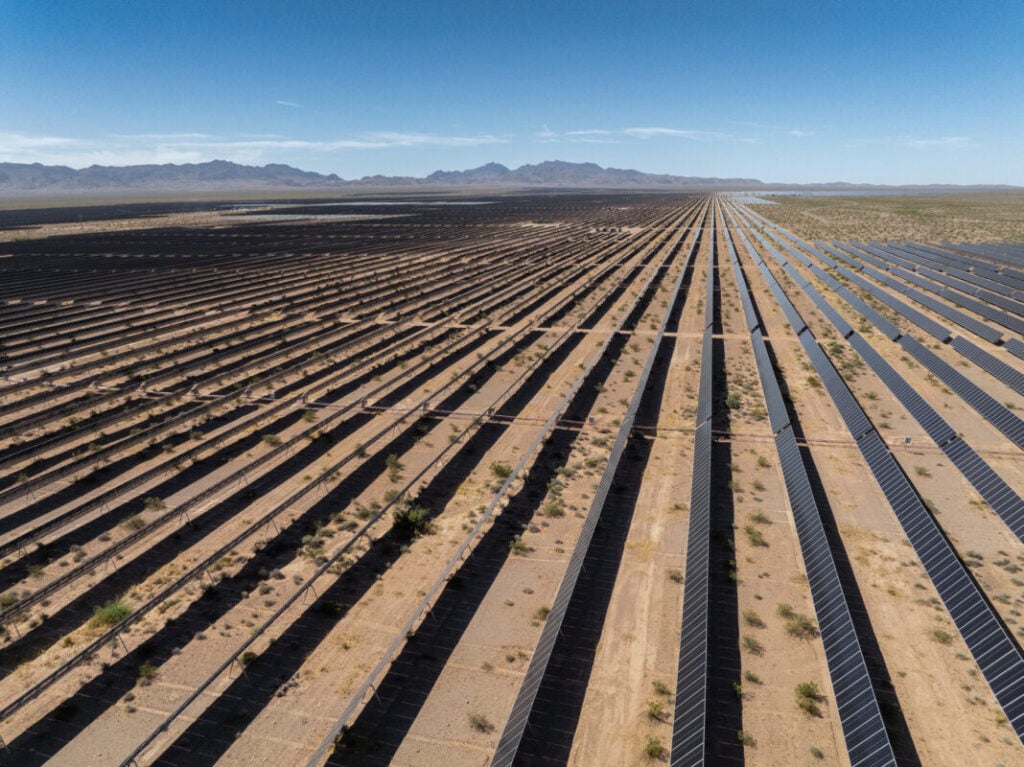
BESS deployment data for 2024 and forecasts for 2025 have been released by BloombergNEF and the Energy Information Administration (EIA) respectively.
US adds record 11.9GW of BESS capacity in 2024, 49GW of solar
The US added a record 49GW of new solar capacity in 2024, as renewable power contributed to more than 1,000TWh of the country’s total electricity generation for the first time in a calendar year.
Enjoy 12 months of exclusive analysis
- Regular insight and analysis of the industry’s biggest developments
- In-depth interviews with the industry’s leading figures
- Annual digital subscription to the PV Tech Power journal
- Discounts on Solar Media’s portfolio of events, in-person and virtual
This is one of the main takeaways from the ‘Sustainable Energy in America 2025 Factbook’, the latest annual publication from the Business Council for Sustainable Energy (BCSE) and analyst Bloomberg New Energy Finance (BNEF). The record solar installation figures helped drive more than 50GW of total renewable energy capacity additions in 2024, with the wind sector adding an additional 5GW of new capacity.
The report also notes that the US commissioned 11.9GW of battery energy storage system (BESS) capacity last year, a 55% increase from the previous year, the fifth consecutive year of record-breaking additions. That is across all segments including grid-scale, commercial & industrial (C&I) and residential.
The majority of this capacity was added in California and Texas, with these states, along with others in the south-west, accounting for 84% of the new capacity added in 2024. The largest of these additions was the Gemini solar-plus-storage project in Nevada, which reached commercial operation in July.
Trends in storage investment also reflect trends in clean energy investment, with the report noting that the US invested the fourth-most into storage in 2023, with China in first place. These figures are similar to total clean energy investment, with China leading the world with 4.4% of total GDP going towards the energy transition in 2024, ahead of the US, which committed 1.3% of total GDP.
See the full original version of this article on PV Tech.
EIA forecasts 18.2GW of BESS additions in 2025
The report coincides with new data from the US Energy Information Administration (EIA) forecasting deployments for 2025. Its methodology differs slightly in that it only covers grid-scale/utility-scale.
The EIA has forecast 63GW of new utility-scale electricity-generating project additions in 2025, led by solar PV. More than half (52%) is forecast to come from utility-scale solar PV with 32.5GW, which added a record 30GW in 2024, according to data from the EIA.
The other technology forecast to lead utility-scale capacity installations in 2025 is BESS. The EIA forecasts a record 18.2GW of utility-scale battery storage added to the grid this year. This would be a nearly 8GW growth from the 10.3GW installations achieved in 2024, according to the EIA.
Moreover, the combined forecast for solar PV and battery storage puts both technologies contributing to 50.7GW of the total 63GW in 2025.
Regarding the growth of energy storage in the US, the EIA highlighted its importance when paired with other renewables in order to provide a balance between supply and demand, while improving grid stability.
Data from market intelligence firm Rho Motion highlighted the US and Canada as the second largest regions, behind China, in globally installed battery energy capacity last year. The US state of California alone installed half of the nearly 40GWh of BESS in 2024 as reported by Energy-storage.news.
See the original version of this article on PV Tech.
Additional reporting by Cameron Murray.

